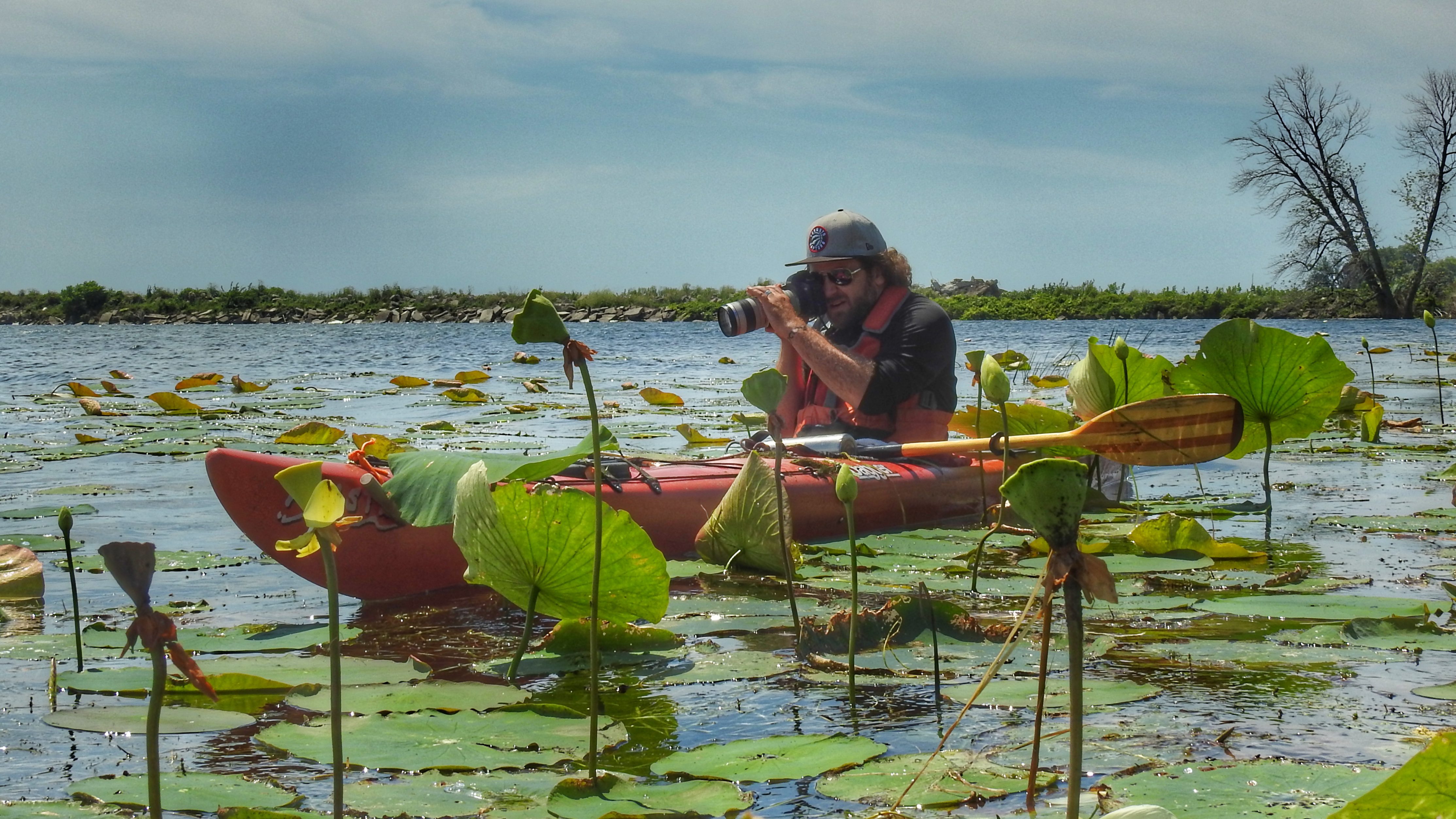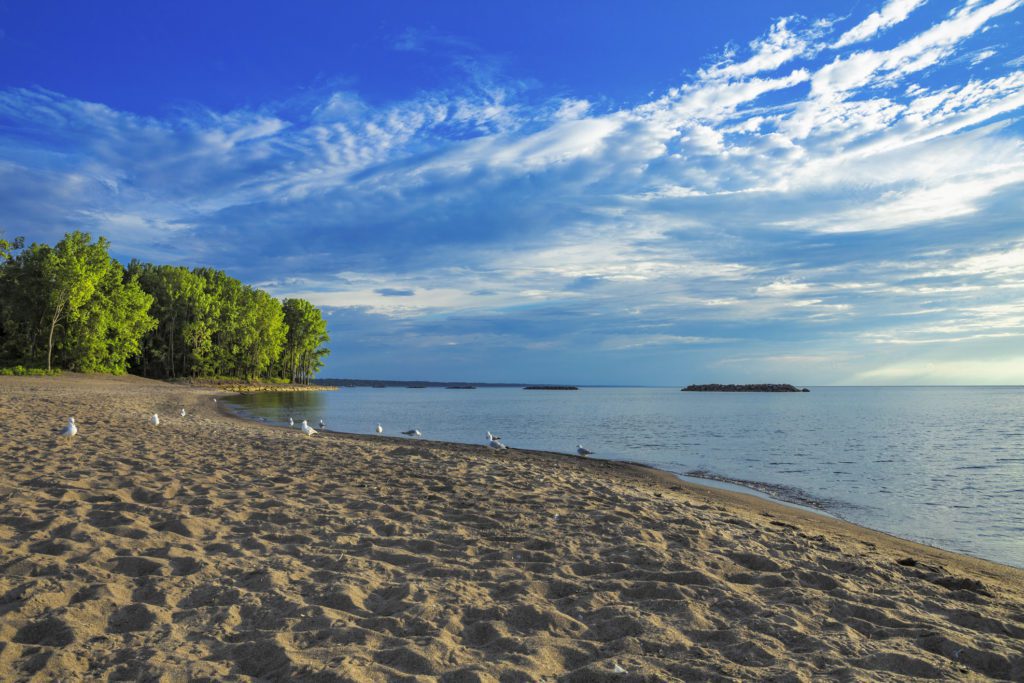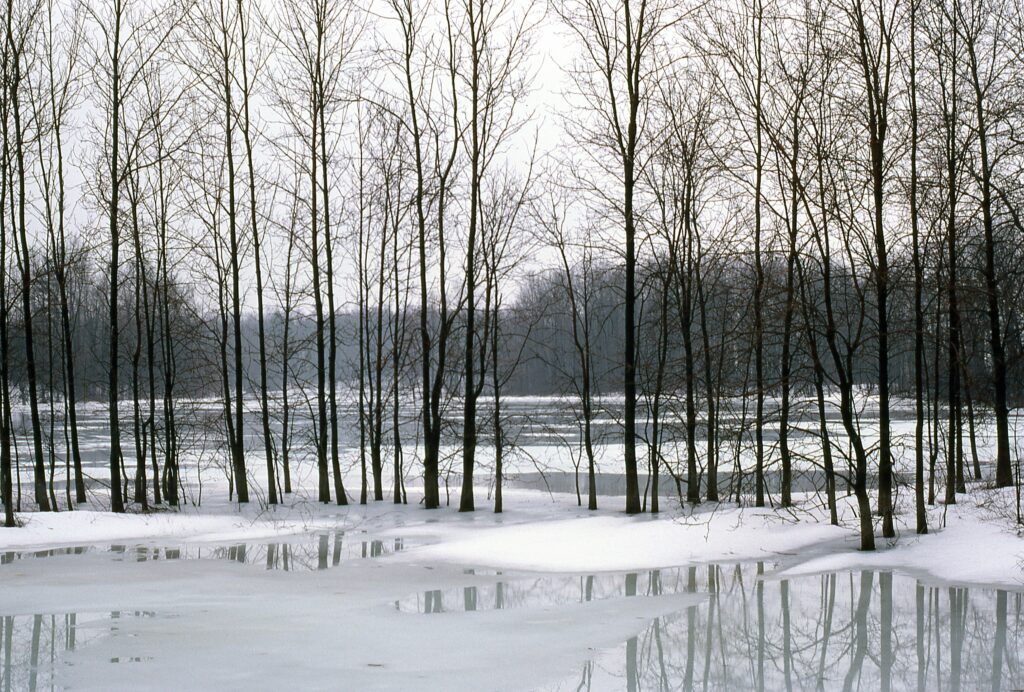This is a guest blog by Colin Boyd Shafer, a documentary photographer and social sciences educator from Kitchener, Ont. We recently collaborated with Colin on North of Long Tail — a documentary photography project that explores people’s deep intrinsic connections to Lake Erie.
In recent years, Lake Erie and its shoreline have been impacted by climate change, erosion, plastic pollution, and flooding. One of the biggest threats to the lake are annual massive — and sometimes toxic — algae blooms, which can kill fish and make the water unsafe for drinking or swimming.
Honestly, I knew very little about Lake Erie and the threats facing it before embarking on creating North of Long Tail. But I do have a degree in environmental science and a love for storytelling through photography, so this project — to collect stories of people living along Lake Erie’s northern shore – seemed like a perfect fit.
Over a few busy months, I travelled thousands of kilometres to meet and learn about an exciting array of individuals of different backgrounds and in different locations — from Essex County to Niagara.
Here are a few highlights from the process of creating North of Long Tail:
Photo credit for all images: Colin Boyd Shafer for Environmental Defence
Getting to know North Buxton with Michelle, a descendant of former slaves whose ancestors found safety there via the Underground Railroad.
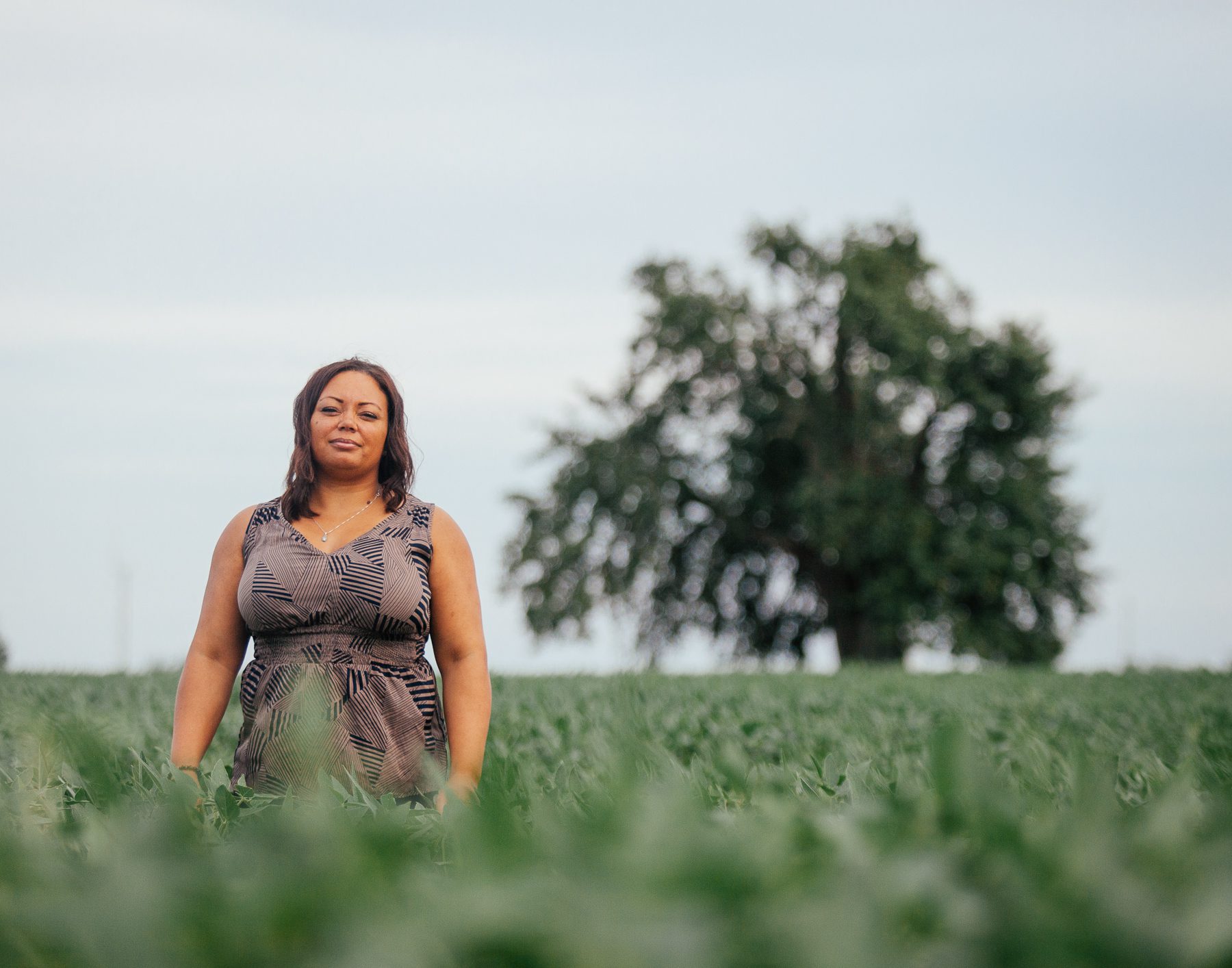
Photographing (and eating) some of the most delicious Lake Erie perch and chips I’ve ever had at Anthony’s restaurant, Mettawas Station.

Catching frogs out at Hillman Marsh with science teacher Lisa.
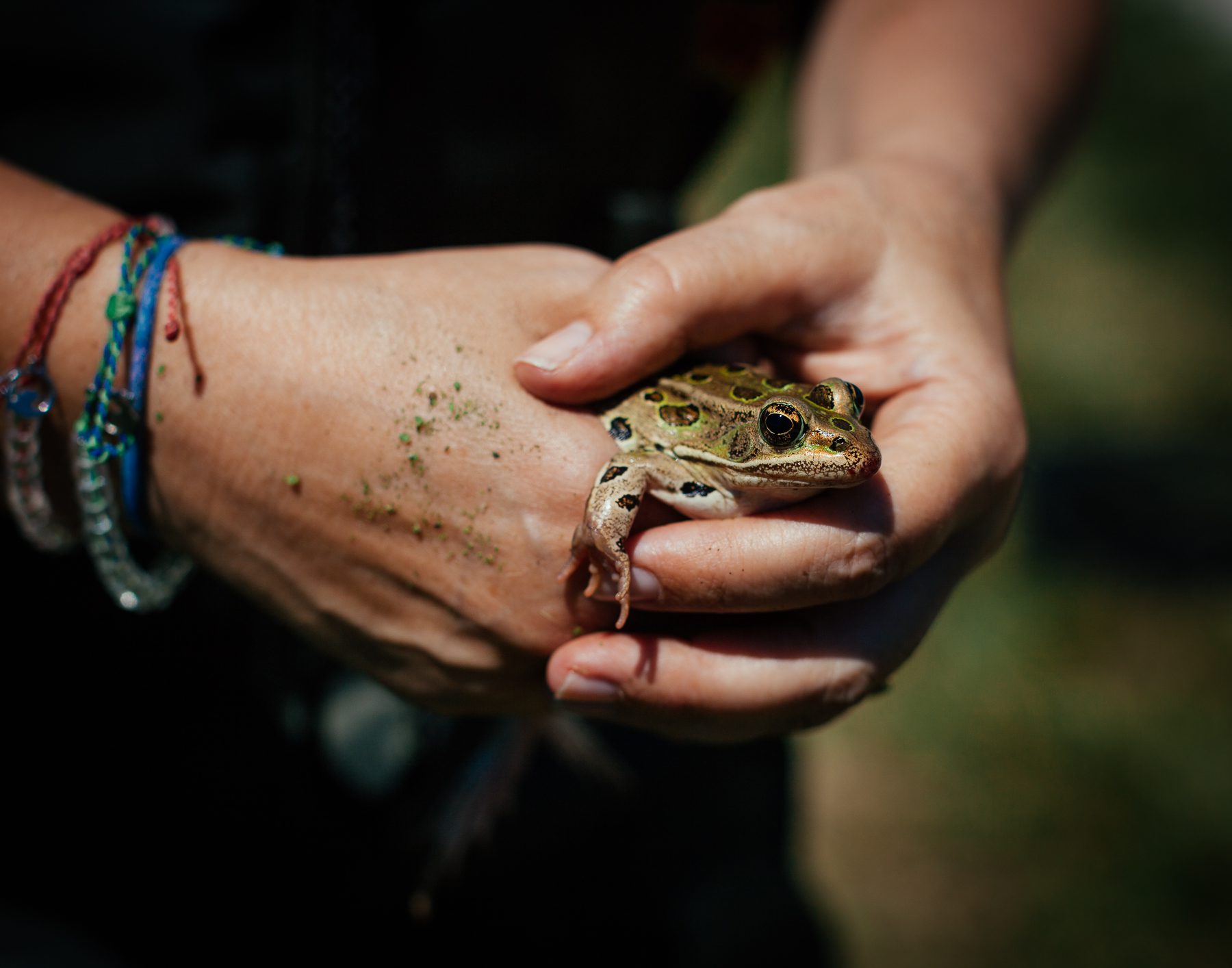
Saving baby turtles with John along Long Point’s Causeway Road
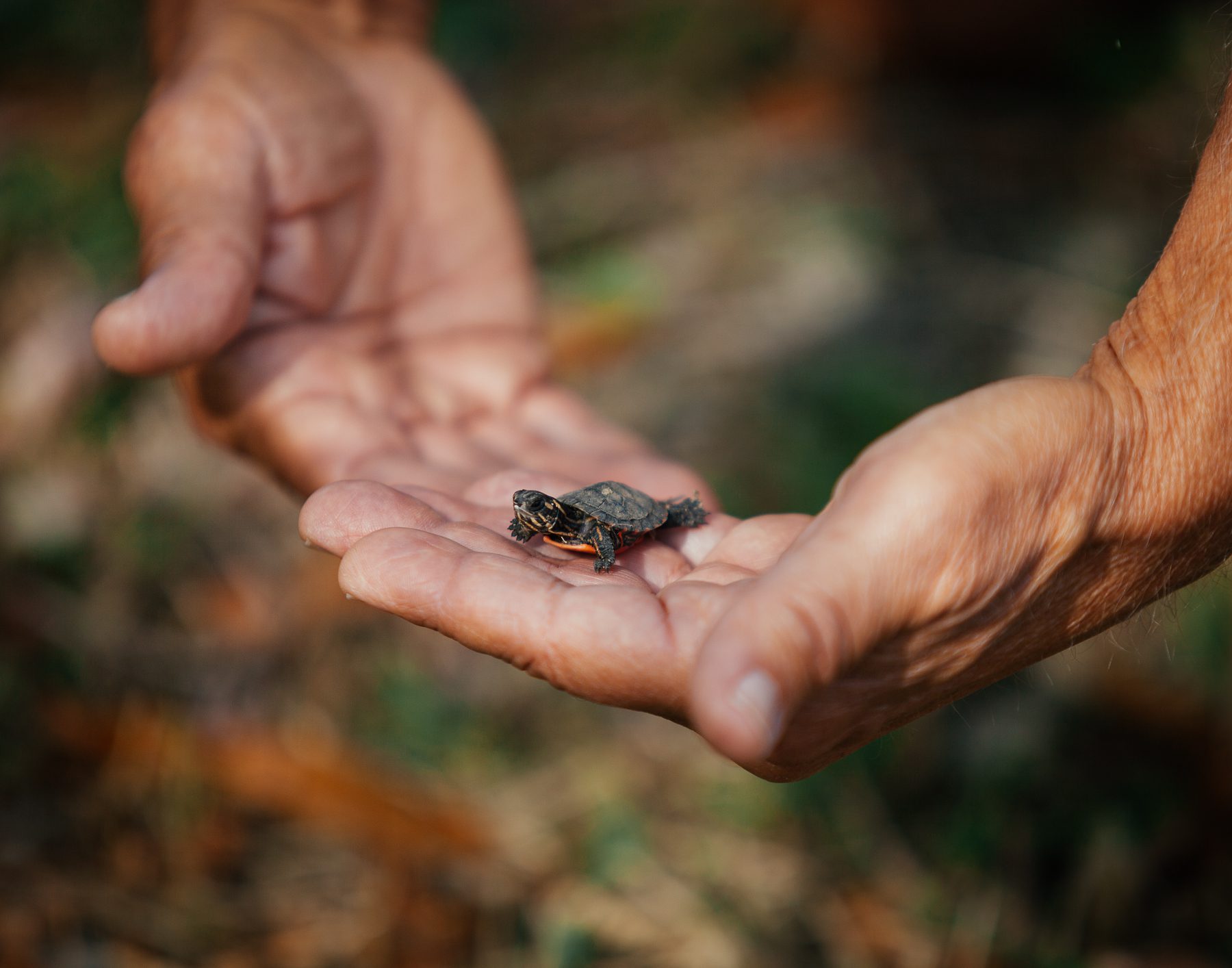
Photographing Janne of Caldwell First Nation in Point Pelee National Park, at the picnic area she renamed “Madbin Jina” (which means “sit a while” in Anishinaabemowin). The experience was extra-special because she hadn’t been to the area since its renaming.
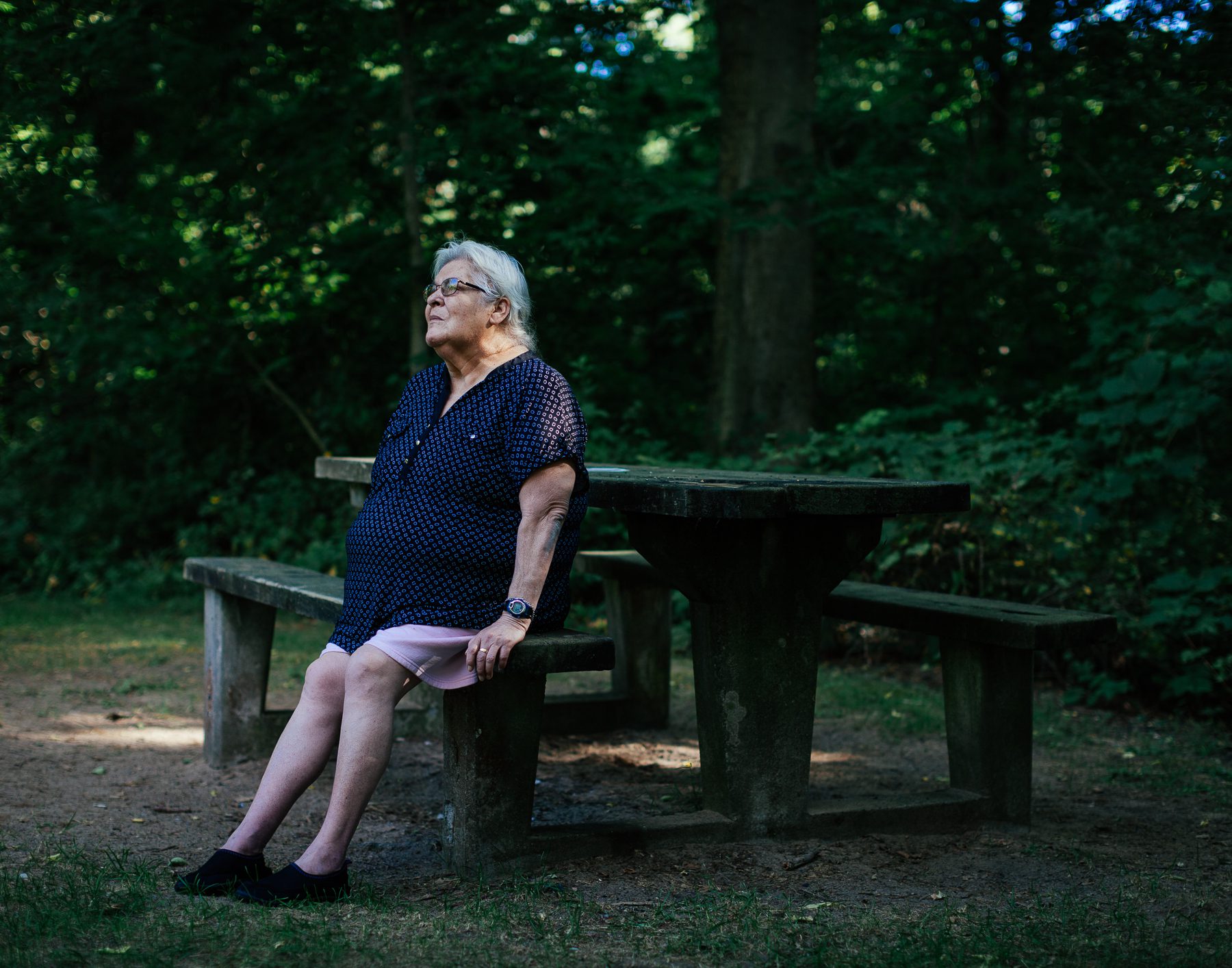
Going forest bathing with Holly in Norfolk County’s Backus Woods.
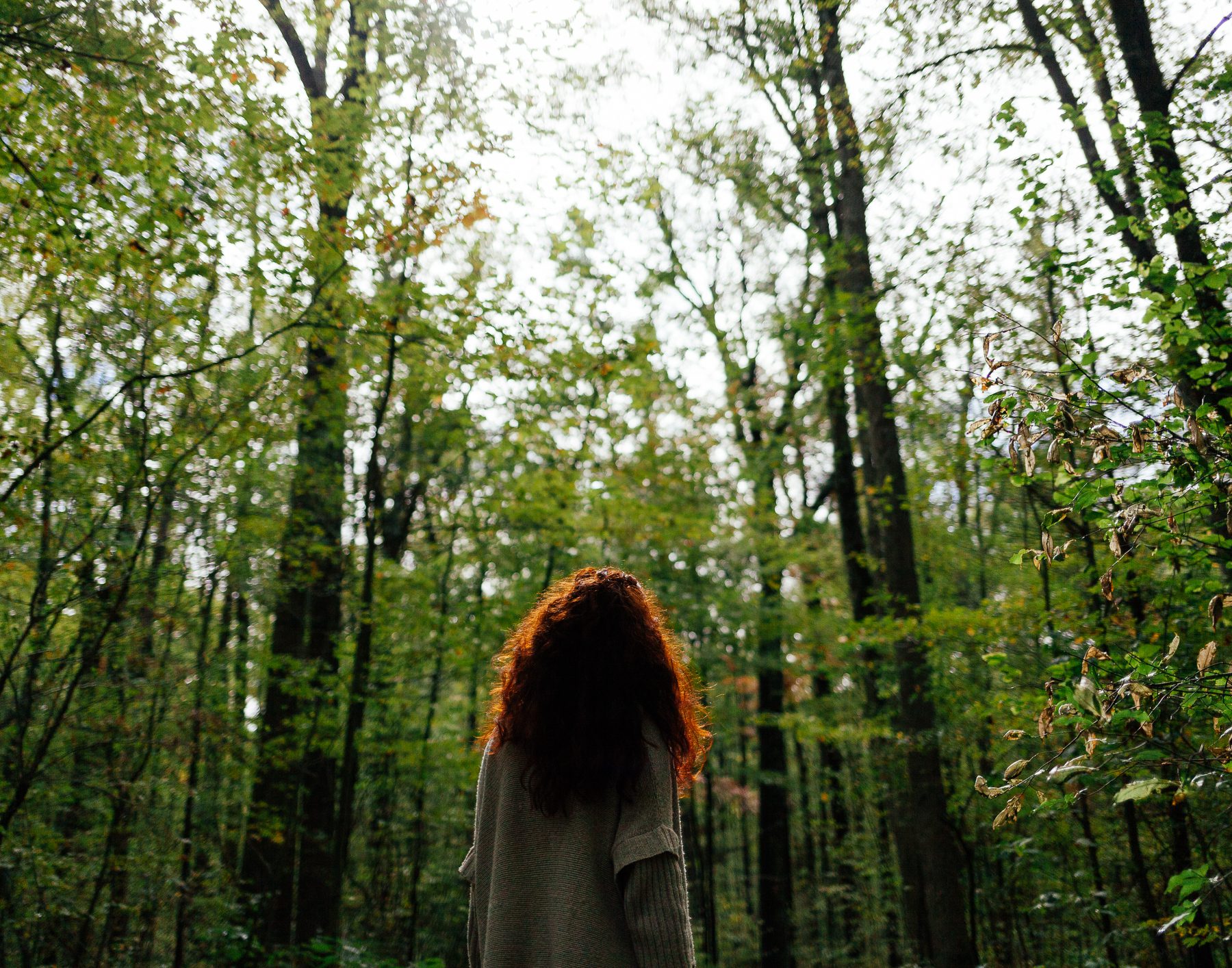
Waking up at 2:30 am to go out on the boat for a day of commercial fishing with Todd (and getting to see the beautiful sunrise!)

Kayaking out to see Rondeau Bay’s giant yellow lotuses with ecologist Ken.
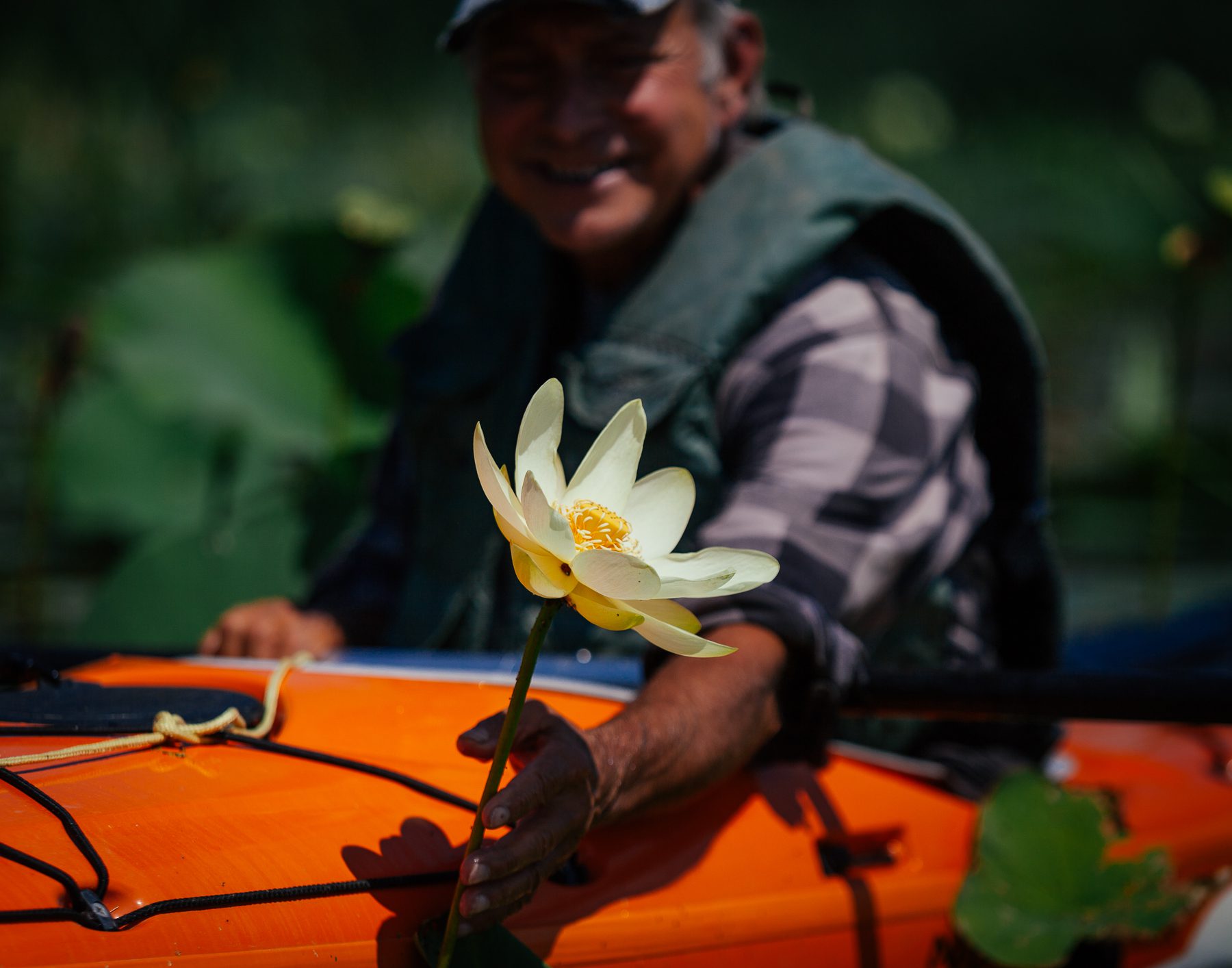
Walking the Niagara shores, monitoring water quality and algae with Gregary of Swim Drink Fish and the Niagara Coastal Community Collaborative.
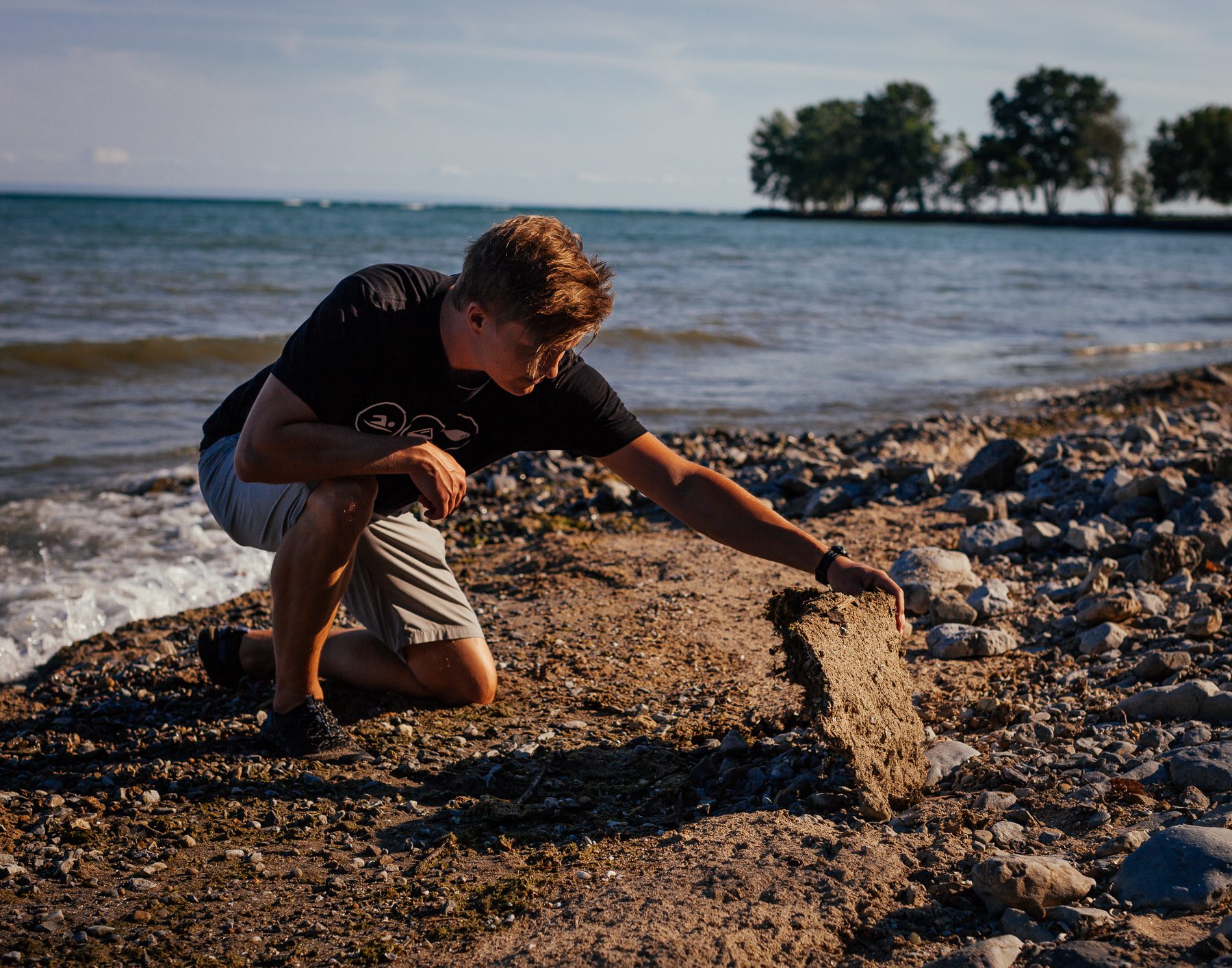
Watching Julia prepare to become the youngest person ever to swim across a Great Lake.
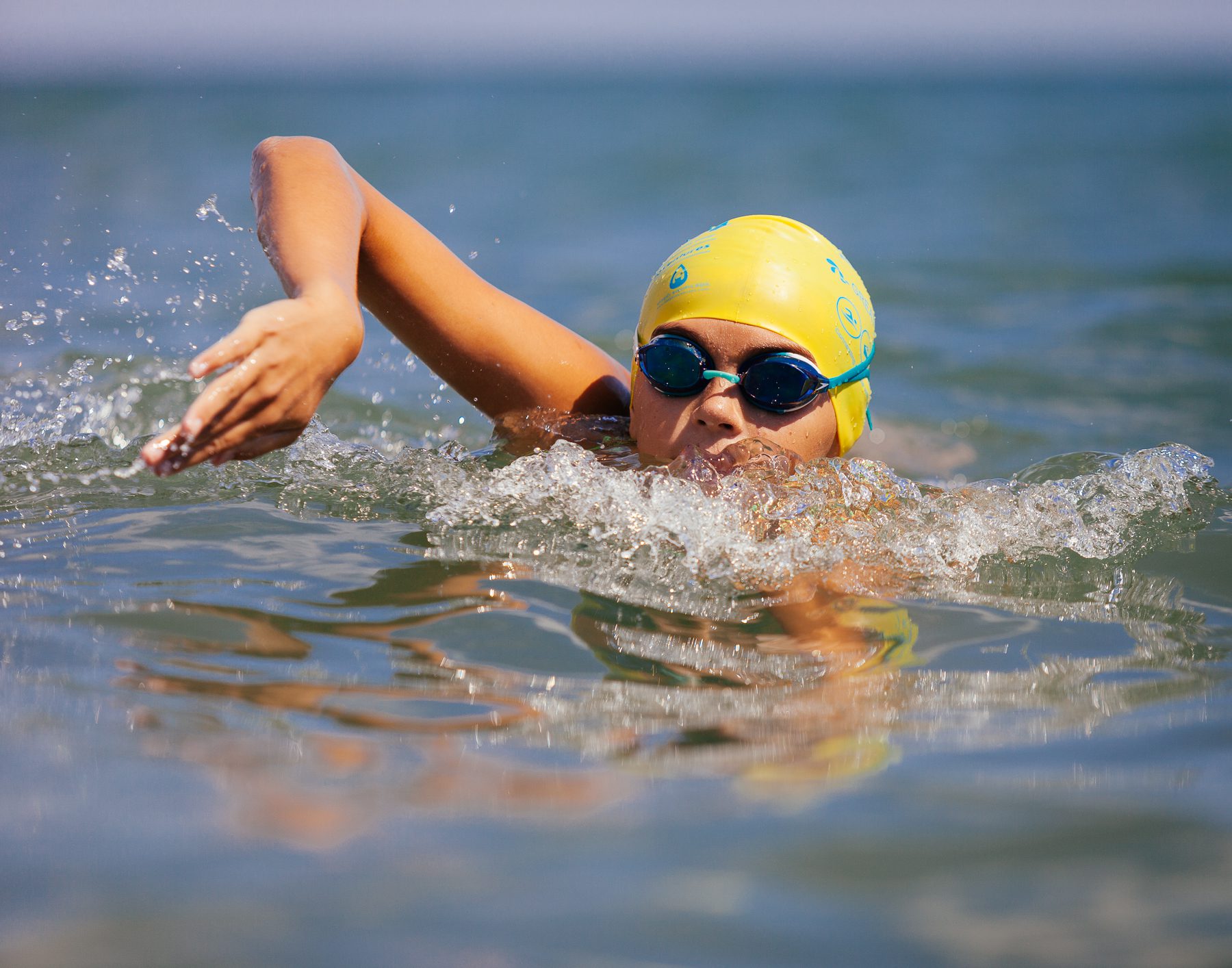
Many people I met talked to me about the lake as though it were a living, breathing thing — a constant in their life — like a best friend or a close relative. They used terms like “lifeblood” or “lifeline”. This really struck me – thinking about the lake as though it were family.
If the lake could speak, it would surely want to remind us of when it was declared dead because of human activity. It would also want us to remember how, through our positive actions, it subsequently improved. If people in power today can see the lake as a precious loved one — living — maybe they will give its protection the time and money it deserves.

Nandita Basu, a professor at the University of Waterloo and one of the participants in this project, tells her students about Lake Erie and Dr. Seuss’s The Lorax. I love the book, BUT I had no idea that there was a connection to the lake. The first edition of the story reads:
“You’re glumping the pond where the Humming-Fish hummed!
No more can they hum, for their gills are all gummed.
So I’m sending them off. Oh, their future is dreary.
They’ll walk on their fins and get woefully weary
in search of some water that isn’t so smeary.
I hear things are just as bad up in Lake Erie.”
In the 1980s, a team of environmental researchers contacted Dr. Seuss, informing him of the lake’s cleanup and how its health had improved. Dr. Seuss made sure to remove Lake Erie from all subsequent editions.
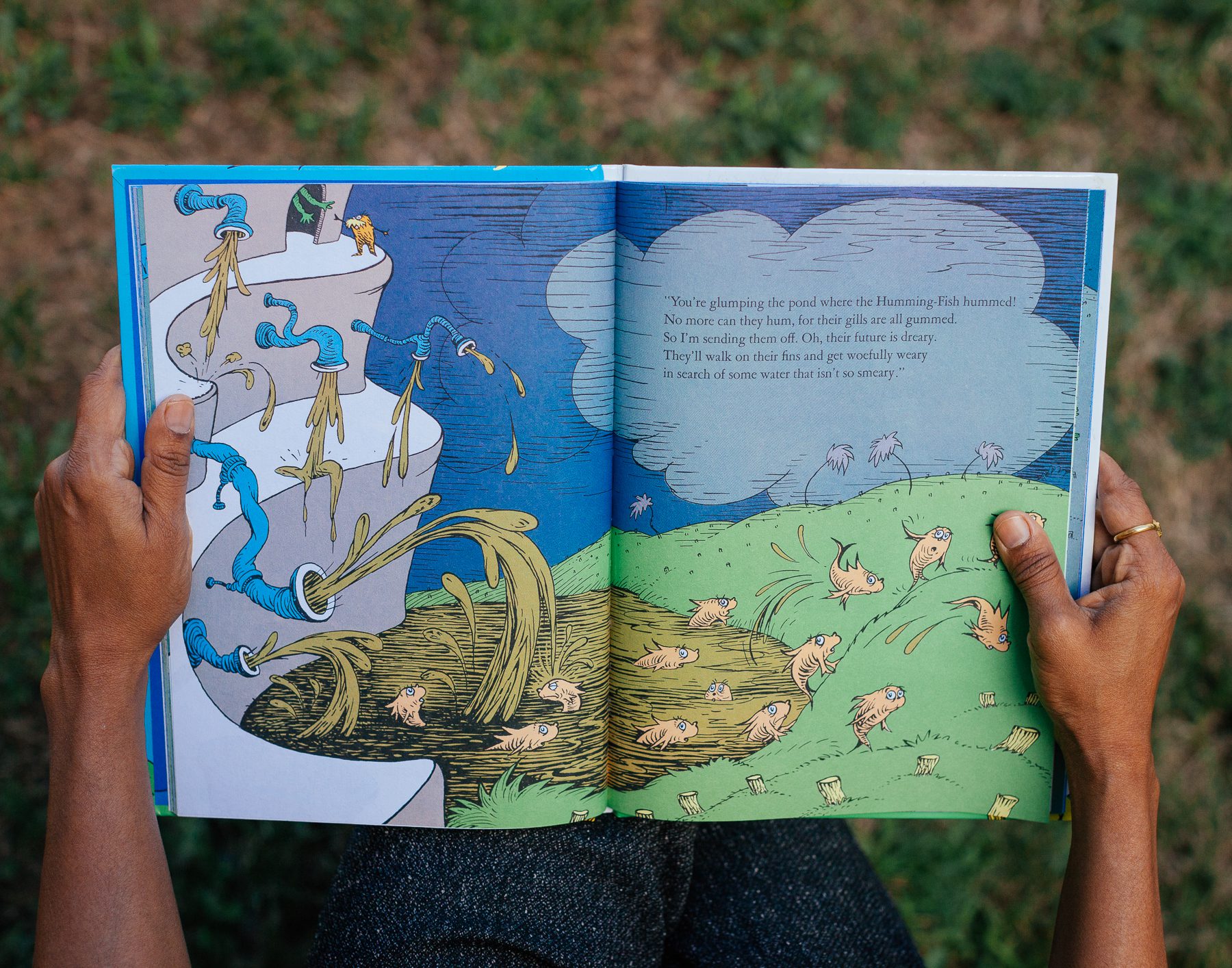
Unlike The Lorax, Lake Erie’s story continues. The lake’s next chapter involves serious threats like toxic algae blooms, plastic pollution and climate change. I hope, somehow, we can change the story and make subsequent chapters positive ones for the lake.
Hopefully, the 20 stories in North of Long Tail, even in just a small way, give Lake Erie the human voices needed for its pleas for protection to be heard.
Lake Erie, and the communities along its northern shore, will forever hold a special place in my heart. Because of this project, I brought my baby daughter Isabel to Lake Erie, and so it became the first lake she ever dipped her toes into. Whenever I return to Erie’s shore, I will think of the people I met and the experiences we shared. And I hope we can protect this Great Lake so future generations, like my daughter, can also create special memories of spending time by Lake Erie.
Help protect Lake Erie and support the people who rely on it for generations to come. Send a letter to the federal and Ontario governments telling them to take action now and Save Lake Erie.




